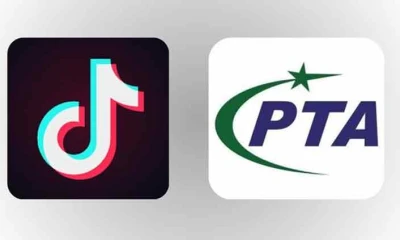As a reminder, at about 2:20PM ET on Wednesday, October 4th, your phone will probably make a loud noise and show a message that reads, “THIS IS A TEST of the National Wireless Emergency Alert System. No action is needed.” A similar message will be broadcast over the air to TVs and radios that are turned on during the test. That’s because the government is testing its nationwide alert systems, which it’s required to do at least every three years.
Technology
Every phone, TV, and radio in the US will get an emergency alert today — here’s how
FEMA and the FCC will test Wireless Emergency Alerts and the Emergency Alert System on Wednesday, October 4th, on all phones, TVs, and radios at the same time.
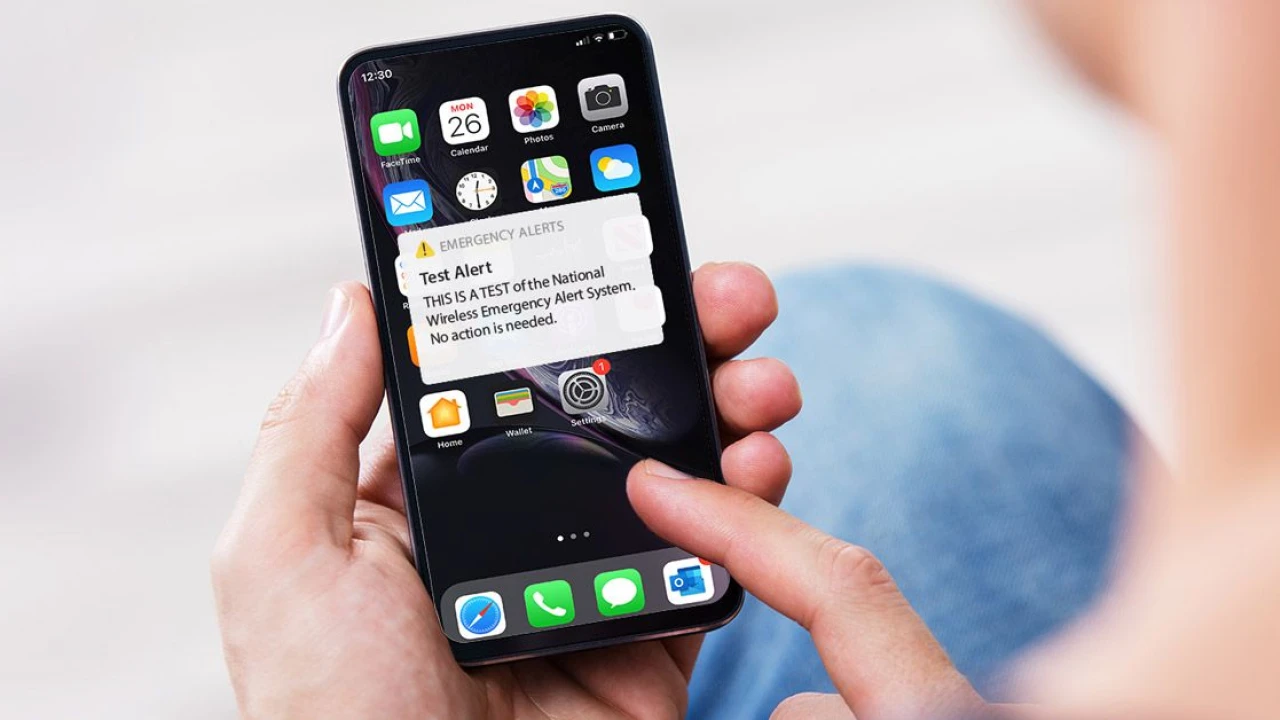
The test is a big lift, requiring the coordinated effort of the government, wireless carriers, cable and satellite providers, and local broadcasters. All of the major wireless carriers in the country will, during a 30-minute window, transmit the test to all of their subscribers’ phones that are within range of a cell tower and capable of receiving it.
Simultaneously, TVs and radios that are turned on and tuned to either over-the-air broadcasts or actively showing cable and satellite feeds will play a similar message to those shown on cell phones. FEMA writes on a page about the Emergency Alert System that this is done “in close partnership with state, local, tribal, and territorial authorities.”
All of this is made possible by FEMA’s Common Alerting Protocol (CAP), which it calls “a digital format for exchanging emergency alerts.” It lets broadcasters, cable and satellite providers, and wireless cell service providers send a message that can include images, streaming video and audio, and text, and it can be used nationwide, as it will be today, or to target specific areas for localized disasters. FEMA says it’s limited “only by the capacity of the delivery system used.”
FEMA’s Integrated Public Alert & Warning System (IPAWS) is tested at least every three years, an important factor in avoiding mishaps like the 2018 false alarm that told Hawaiians a missile was on its way.
CAP can even be used for edge cases like emergency telephone networks, sirens, or digital road signs, and a page on FEMA’s site indicates these alerts could be — and, in some cases, are — sent via computers, game consoles, search engines, social media, and other types of platform. Imagine you’re watching a Twitch stream and an alert comes up.
The test coming today ran most recently in 2021, but you could opt out of that one. This year, just like the Presidential Alert test that went out in 2018, everyone gets it, regardless of their phones’ settings.
According to a FAQ on the FEMA website, the test won’t interrupt a phone call. FEMA also says that cell phone users won’t get the alert “if a phone is off before the test alert is sent and not turned back on until after the WEA Test expires (approximately 30 minutes).”
-

 Pakistan 2 days ago
Pakistan 2 days agoUK announces new Rs37bn climate finance program for Pakistan
-

 Pakistan 1 day ago
Pakistan 1 day agoNobody to be allowed to stage sit-in or gathering in capital: Naqvi
-
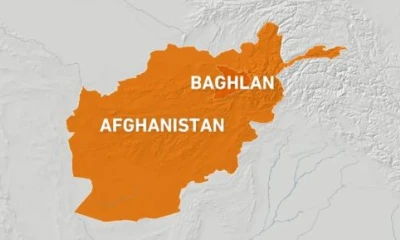
 World 2 days ago
World 2 days agoGuman kills 10 in attack on Sufi shrine in Afghanistan: interior ministry
-
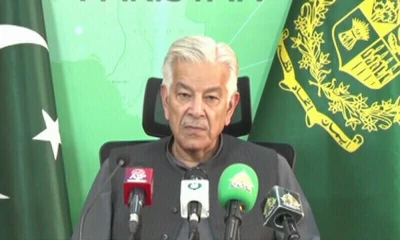
 Pakistan 2 days ago
Pakistan 2 days agoBushra Bibi's allegations against Saudi Arabia are shameful: Khawaja Asif
-

 Business 20 hours ago
Business 20 hours agoGold glitters again in Pakistan after global price hike
-
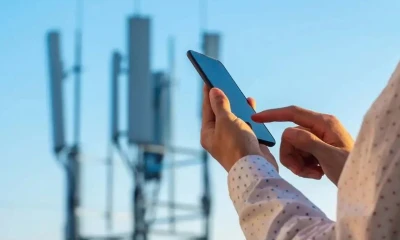
 Pakistan 19 hours ago
Pakistan 19 hours agoGovt to suspend internet services amid PTI protest
-

 Sports 2 days ago
Sports 2 days agoPCB appoints Azhar Ali as head of youth development
-

 Regional 23 hours ago
Regional 23 hours agoCM Maryam visits Nishtar Hospital, suspends paramedics over AIDS spread








